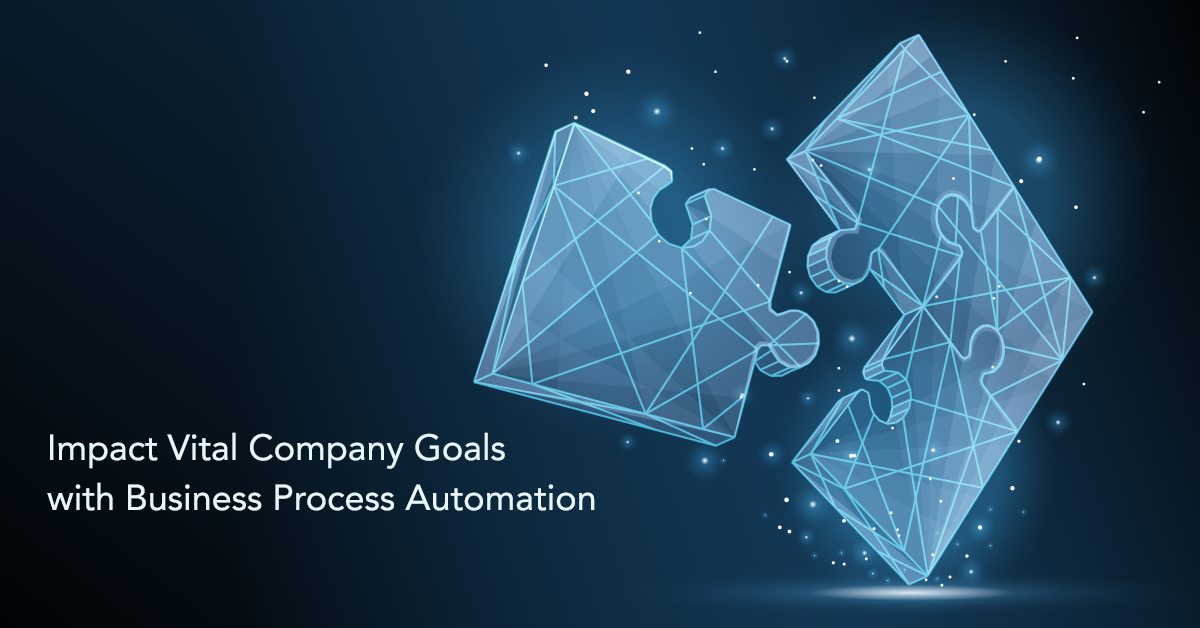In the Life Sciences and Pharmaceuticals, Compliance Isn’t Optional—It’s Everything
Every step in the development of a drug, device, or biologic must be documented, controlled, and validated. Regulatory compliance requires non-repudiated data integrity, traceability, version control, document audit trails, approval processes, record retention, and digital signatures. And yet, many organizations maintain their engineering drawings and documents in Windows or SharePoint folders, relying on manual methods for document access, version control, and approval routing. With no system to drive and enforce these document management best practices, the result is rampant duplicates, costly mistakes, wasted time, no traceability, and ultimately compliance challenges and fines.
It’s a dangerous disconnect—and one that forward-thinking firms like Merck have taken bold steps to resolve.
The Hidden Cost of Document Chaos
If your plant, facility, or equipment documentation lives in a complex, decentralized patchwork of folders and file shares, you're not alone. Most life sciences organizations struggle with similar issues:
- Duplicated files and outdated versions in use
- Tribal knowledge of folder structures—understood by a few, invisible to the rest
- Manual handoffs that invite error and delay
- Limited visibility into who did what and when
The consequences? Wasted time, failed audits, costly rework, and even safety risks.
Merck’s former Associate Director of Supply Chain, Ray Kastle, knows this pain all too well. In fact, it was a near-miss excavation incident in 2019 where outdated drawings nearly led workers to dig into live power lines—that finally secured funding for an Engineering Document Management System (EDMS). As Kastle put it: “It would’ve resulted in digging up power lines, which we consider a bad thing.”
Why Pharmaceuticals and Life Sciences Need a Purpose-Built EDMS
While many organizations utilize general document repositories, these platforms rarely meet the stringent requirements of engineering and GxP environments. What’s required is an Engineering Document Management System (EDMS) designed from the ground up that provides:
- Centralized, Standardized Documentation
- Plant As-Built Documentation: Manage file types related to engineering documents, validation protocols and reports (IQ/OQ/PQ), equipment layouts, change control documents, SOPs, GMP and FDA compliance records, complex CAD relationships (like XREFs and assemblies), and calibration and maintenance logs.
- Single Source of Truth: Avoid data silos and local saves where files can be altered or lost.
- Real-Time Visibility: Provide insight into the status of controlled documents, reducing reliance on paper records or/and spreadsheets.
- Regulatory Compliance Enforcement
- Audit Trails: Log every document for access, modification, or deletion to create tamper-proof audit trails.
- Version Control: Prevent unauthorized overwriting of data by managing document revisions and ensuring traceability of changes.
- GMP-compliant Workflows: Institute non-repudiated approval processes where password authentication is required at each approval step. Ensure digital signatures and audit trails.
- Security and Access Control at a Granular Level
- User Authentication: Trace every action to a unique individual with password authentication.
- Permission Control: Access, edit, or approve documents by authorized personnel only, with granular, permission-based rules.
- System Validation & Integrity Controls
- Regulation-Validated Software: System validation support in line with 21 CFR Part 11 and EU Annex 11.
- Change Management: Track changes to SOPs, drawings, and specifications, with formal reviews and GxP-compliant approval workflows.
- Risk Reduction & Faster FDA Responses
- Audit-Ready Package: Accurately compile documentation for FDA compliance with instantly retrievable audit trails and signatures.
- Risk-Free Compliance: Reduce risk of warning letters, production halts, and legal exposure.
As John Niziolek of IPS explained in the EDM for Simplified Compliance & Validation webinar, “Document management is the foundational aspect of all compliance in life sciences. Anything you do must be documented, validated, and tested with a traceable audit trail.”
Inside Merck’s Journey: From Legacy Frustration to Validated Control and Increased Confidence
Before adopting Adept from Synergis Software, Merck was running on a legacy platform that was, as Kastle described it, “broken from day one.” It lacked vendor support, couldn’t run on Windows 10, and was so unreliable that users only opened it when absolutely necessary. Here’s how Merck turned it around:
- They gathered global input from engineering, maintenance, safety, and facilities teams.
- They defined a robust set of requirements: CAD compatibility, validation-ready workflows, digital signatures, and support for old and new file types.
- They evaluated multiple vendors rigorously, including demos and customer reference checks.

- They selected Synergis Adept for its life sciences fit, its easy integration and management of CAD drawings, and validation-ready architecture.
The implementation wasn’t without its lessons. Data migration revealed 20-year-old file formats that even AutoCAD had forgotten existed. Configuration needed iteration. Business users had to be more involved in the process. But the outcome was clear: “Now I have a validated system,” Kastle said. “We have version control. We have a centralized source of truth.”
Top 10 Must-Have EDMS Capabilities for Pharmaceuticals and Life Sciences
Whether you're evaluating platforms or justifying a switch, here are the 10 top features to prioritize:
- 21 CFR Part 11 compliance and system validation support
- Centralized access to drawings and documents
- Audit trails and traceability for every user action
- Granular user access control
- Workflow automation and time-based alerts
- Digital signatures and approval authentication
- In-app markup and review tools for non-CAD users
- Streamlined document transmittal process
- Secure, paperless storage for all engineering documentation
- Integration with CAD platforms, CMMS, ERP, and EAM systems
With these features built in, an EDMS is more than a passive repository of documents; it becomes a proactive compliance tool.
The Bottom Line
If Schering-Plough had used a validated EDMS like Adept back in 2002, it might have:
- Prevented data integrity issues with robust access control
- Averted FDA warning letters via automated compliance workflows
- Saved millions of dollars in legal and operational costs
Adept isn’t just a document management system—it’s a strategic enabler of digital transformation, operational excellence, and regulatory resilience.
The ROI of Getting Document Management Right
An EDMS is more than a compliance requirement—it’s a strategic enabler. Consider these returns:
- Risk Reduced: Save potential fines of millions of dollars from improved compliance via validated approvals, data integrity, and IP protection
- Streamlined Compliance Process: With an EDMS built for life sciences, achieving the requirements for FDA 21-CFR Part 11 becomes automated and efficient. You’re relying on a system to do the heavy lifting, keeping everything on track, rather than manual processes.
- Time Saved: Users spend up to 30% less time searching for files
- Cost Avoided: Save 5-20% of project costs by preventing rework, downtime, and audit findings
- Tech Debt Eliminated: Replace fragile, home-grown systems with a sustainable solution thatcan save 3X - 7X the cost of EDMS






